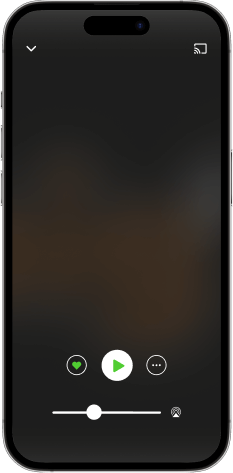Episode 317 - Emily’s Back! Farm Emergency Planning You’ll Actually Use - The UMN Extension's Moos Room
Emily is back from medical leave (hooray!) and she and Brad dig into an essential topic for every operation: emergency planning. You can’t predict every detail, but you can make the first decisions easier when seconds count.What we cover:What an emergency plan is (and isn’t): a concise, written set of steps and key info you can default to under pressure.Start with a farm map: access routes, gates/fences, livestock locations, hazardous/flammable materials, and utility shutoffs.Make the red sheet easy to find: an emergency contact list (911 first), then vet, sheriff/emergency management, insurance, milk hauler, feed/suppliers, and owner/manager.Stock the right supplies: standard first-aid kits, a trauma kit with a tourniquet, and consider an AED; plan to keep kits replenished.Three scenario buckets to plan for:Shelter in place (blizzards, extended outages): backup power/fuel, blocked access routes, pared-down chore list, role assignments, keeping people safe.Evacuation (fire, flood, tornado damage): best escape routes for people/animals, which gates to open and in what order, a designated meeting point (and Plan B), and who calls whom.Medical emergencies (injury or health event): known conditions (EpiPens, diabetes, heart issues), where supplies/AED live, basic first-aid/CPR training, clear directions for EMS, and—on larger sites—who meets the ambulance at the road and whether a safe helicopter landing area exists.Mind the paperwork: review insurance coverage before you need it.Keep it simple and living: a few clear steps beat a thick binder no one reads.Resources mentioned:University of Minnesota Extension: Operations contingency plan templates for livestock operations.Extension Disaster Education Network (EDEN): disaster-specific farm resources.Cultivating Change Foundation (Emily & Joe Rand received the Cultivator of Change award).Save the date: Ag for All Conference for LGBTQ+ farmers, ag professionals, and allies — March 7, 2026, Waite Park/St. Cloud, MN.Have questions, comments, or scathing rebuttals? Email
[email protected] markers (optional)00:00 – Emily’s back! (and why breaks matter)03:18 – Why farms need emergency plans05:41 – What an emergency plan actually is08:07 – How plans help when stress spikes10:45 – Simple planning story (cats + hamper)12:03 – What belongs in the plan (map, shutoffs, hazards)15:11 – The red emergency contact list19:06 – First-aid vs. trauma kits (tourniquets)24:44 – Shelter-in-place: questions to answer26:11 – Evacuation: routes, gates, meeting points28:04 – Medical emergencies: AEDs, training, EMS access32:35 – Keep it living, keep it simple33:00 – Resources + wrap-upQuestions, comments, scathing rebuttals? ->
[email protected] or call 612-624-3610 and leave us a message!Linkedin -> The Moos RoomTwitter -> @UMNmoosroom and @UMNFarmSafetyFacebook -> @UMNDairyYouTube -> UMN Beef and Dairy and UMN Farm Safety and HealthInstagram -> @UMNWCROCDairyExtension WebsiteAgriAmerica Podcast Directory


